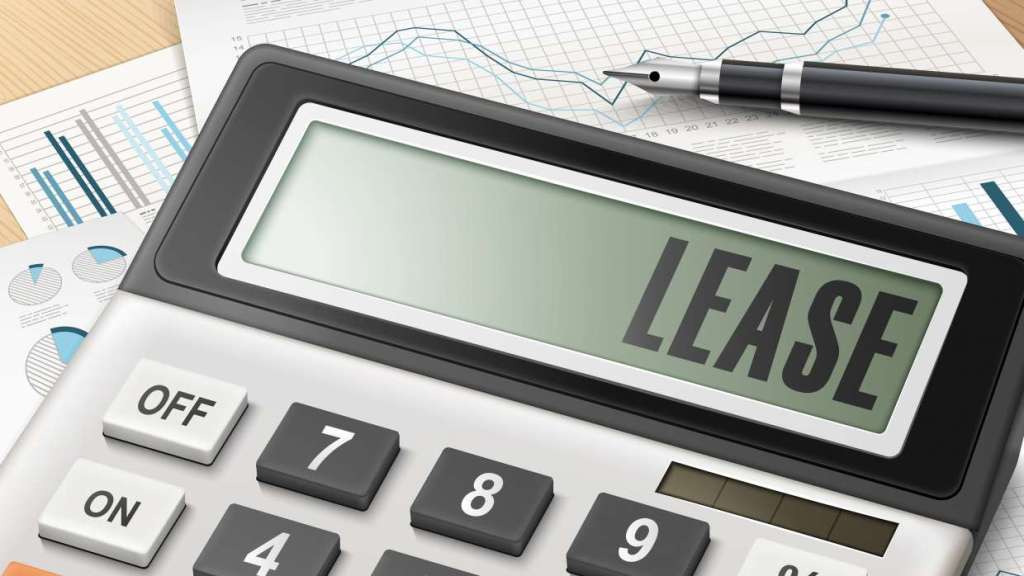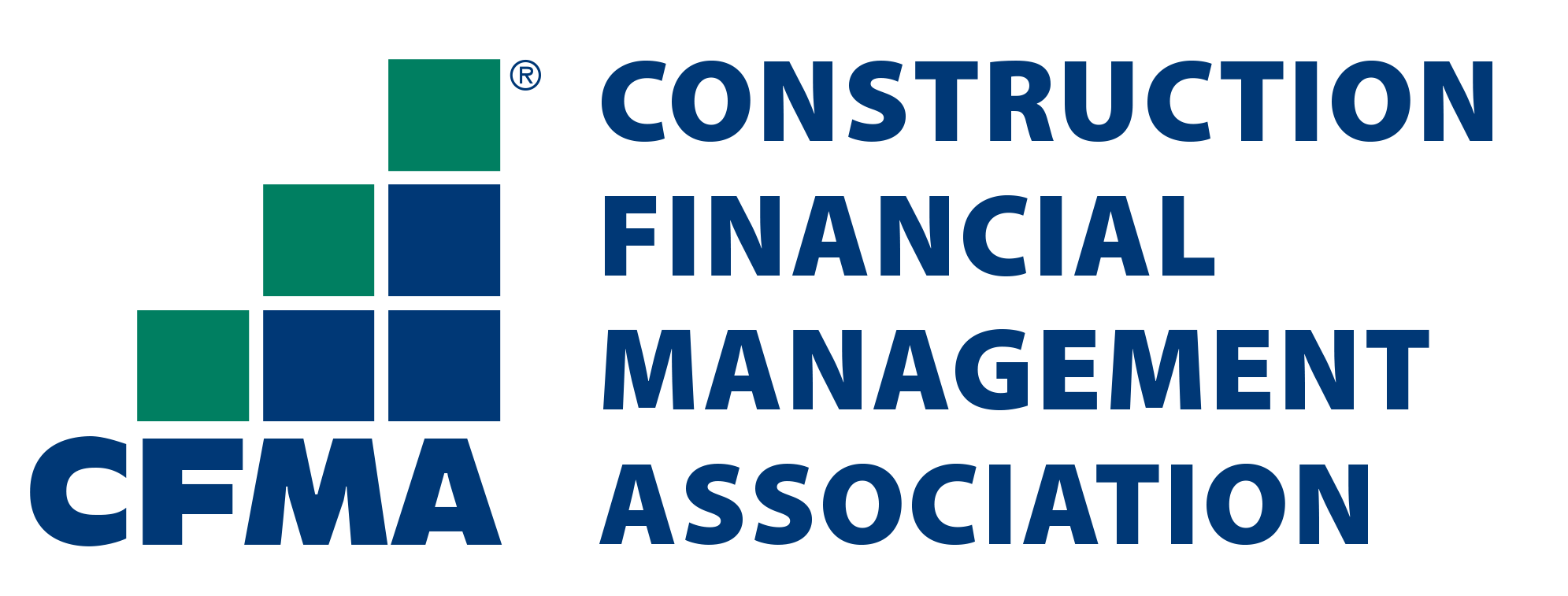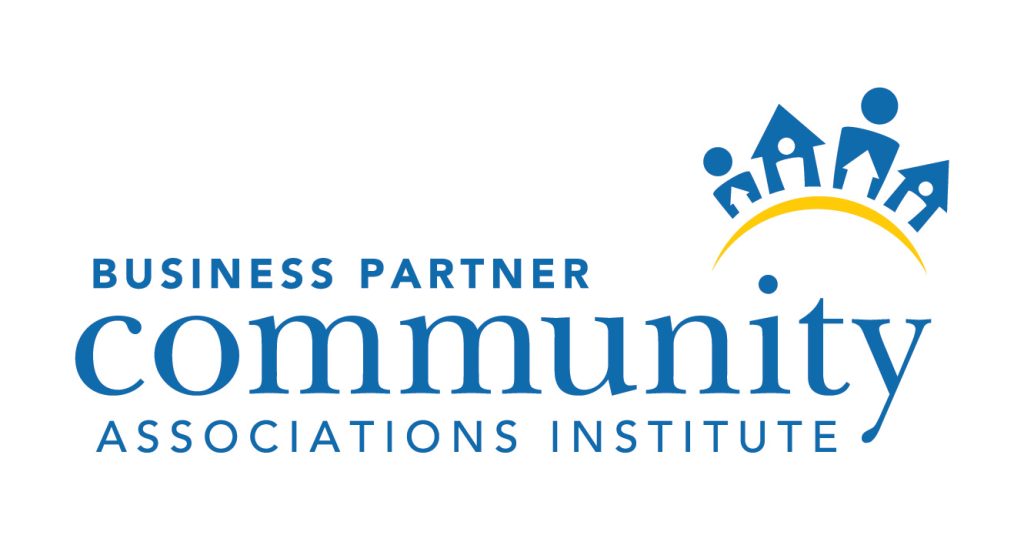
Preparing for the New Lease Accounting Standard
- July 6, 2018
- admin@ohi

The Financial Accounting Standards Board and the International Accounting Standards Board issued new accounting standards in 2016. The new standards that are set to take effect in January 2019 redefine how organizations will recognize lease liabilities and assets on balance sheets and aims at disclosing key lease agreement information. Organizations have the responsibility to ensure that they are compliant with the new accounting standards.
But how should organizations prepare for and embrace the new standards? Let’s see:-
In order to implement the new standards, the accounting and SEC reporting leaders require executive support in different business functions and units. Hence, the compliance effort should be handled like a strategic program acknowledging the different functions that are required to make the compliance initiative a success by the deadline date.
Hire a lease accounting project manager who has a deep understanding of company’s lease data and the new accounting standards. The project manager should be in a position to determine the potential impacts of the balance sheet ratios and advice the stakeholders accordingly.
They should start by compiling a detailed list of all departmental lease agreements and look into specific data points addressed by the new accounting standards. The gathered lease data include the number of leased properties, type of leased property, equipment leases, gaps in lease data and availability of digitally stored lease data.
The project manager works with stakeholders to craft a policy and threshold for the leased assets and define the reasons behind every leasing decision. The project manager sets accounting policies to determine the lease contracts that should be adjusted as per the new accounting standards. The policies document must be comprehensive and meticulous to offer guidance on accounting policies, elected expedients and compliance with the new accounting standards.
During implementation, companies are required to calculate and process all new lease entries into the balance sheet. The project manager should offer continued guidance to the company auditor and train lease project teams about the new lease accounting considerations and policies. The ongoing training comprises of mock exercises in finance, embedded leases, and operations to ensure proper policy implementation.
Implementation of the new lease accounting standards does not end after the compliance deadline. It is an ongoing business management aspect that must be documented and maintained each time a new lease is paid for, or accounting changes are made. Hence, companies must invest in a centralized data management system that manages digital leases and their effect on balance sheets sustainably.
Contact us for a customized NO OBLIGATION proposal for outsourcing your accounting activities.









